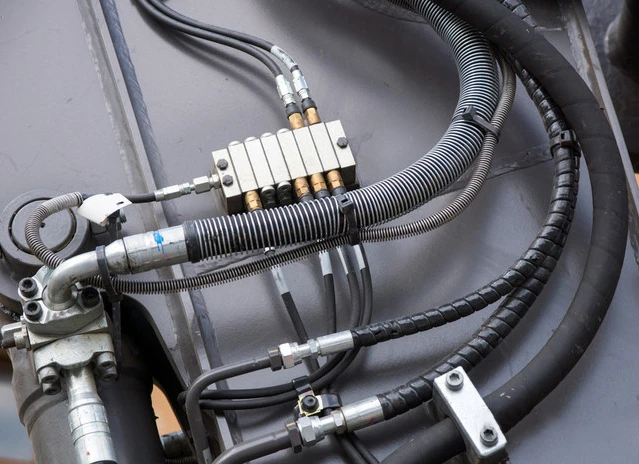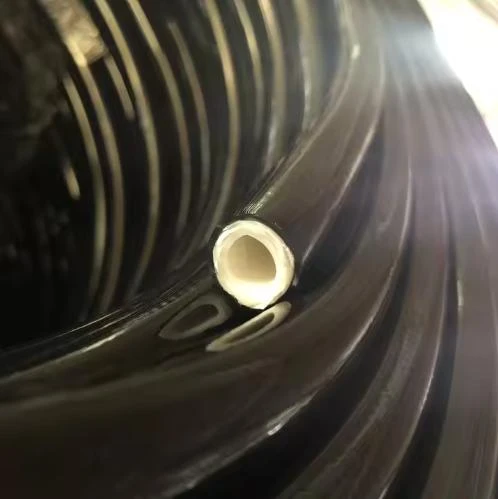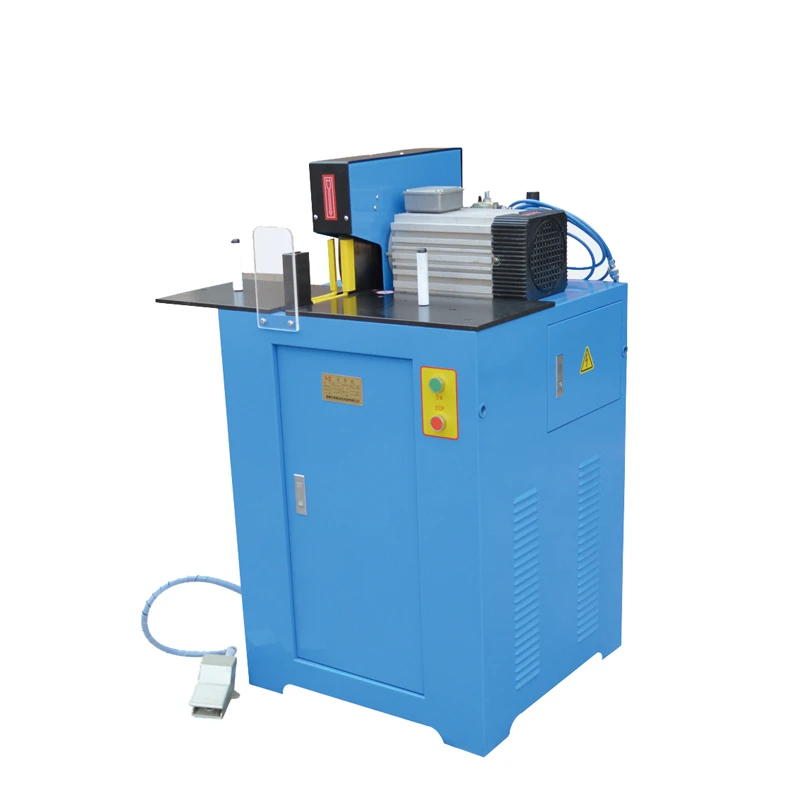Kawat Baja Braiding Selang Hidrolik
A steel wire braiding hydraulic hose is a type of flexible hose designed for hydraulic systems, reinforced with one or multiple layers of braided steel wire to enhance its strength and pressure-handling capabilities. Unlike textile-reinforced hoses, steel wire braiding provides superior resistance to high pressure, making it ideal for heavy-duty applications like construction equipment, industrial machinery, and mining operations. These steel braided hoses are also more durable under extreme conditions, such as high temperatures and abrasion, ensuring reliable performance in demanding environments. The braided construction offers flexibility while maintaining high tensile strength, which helps prevent hose deformation under pressure. Compared to spiral wire-reinforced hoses, steel braided hoses are lighter and more flexible. Their compatibility with a wide range of hydraulic fluids, including petroleum-based oils and synthetic fluids, further enhances their versatility in various industries. The combination of durability, pressure resistance, and flexibility makes this steel braided hose a preferred choice for applications that demand consistent performance under tough conditions.
-
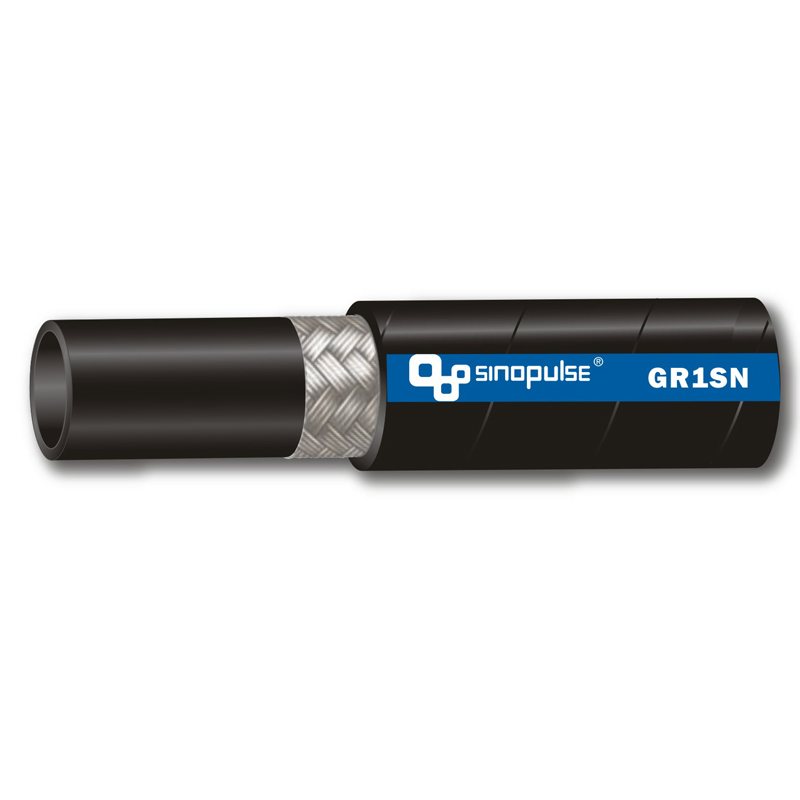
DIN EN853 1SN/SAE100R1AT Satu Kawat Baja Jalinan Selang Hidrolik
-

-
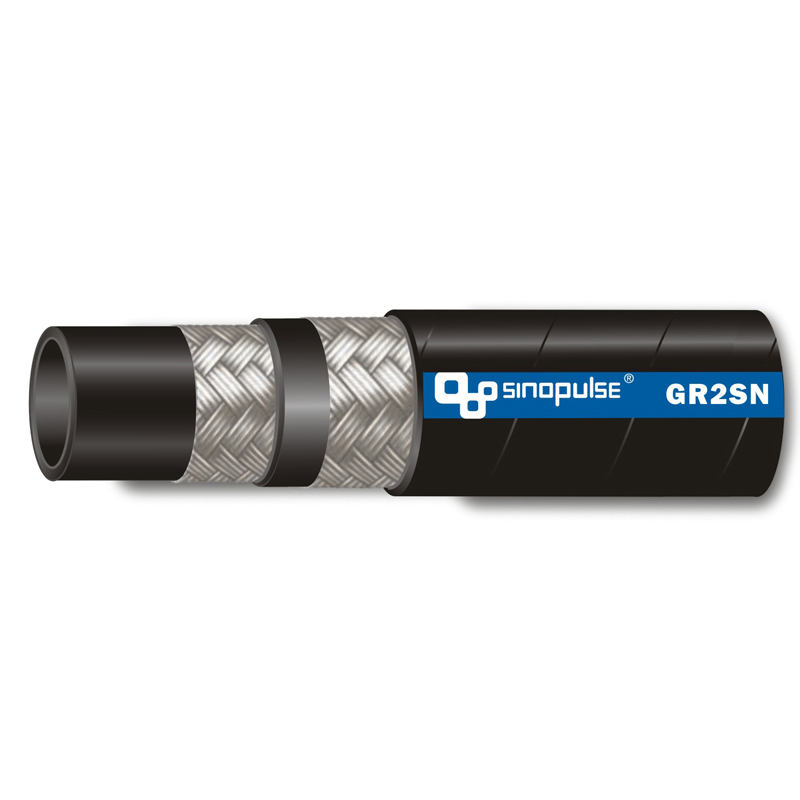
DIN EN853 2SN/ SAE100R2AT Dua Kawat Baja Jalinan Selang Hidrolik
-
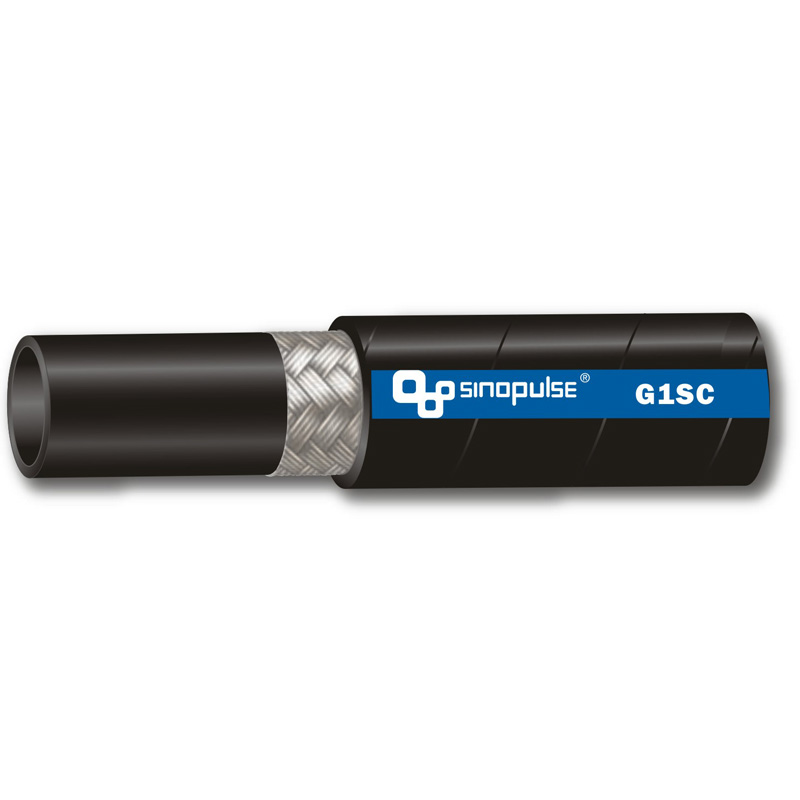
-
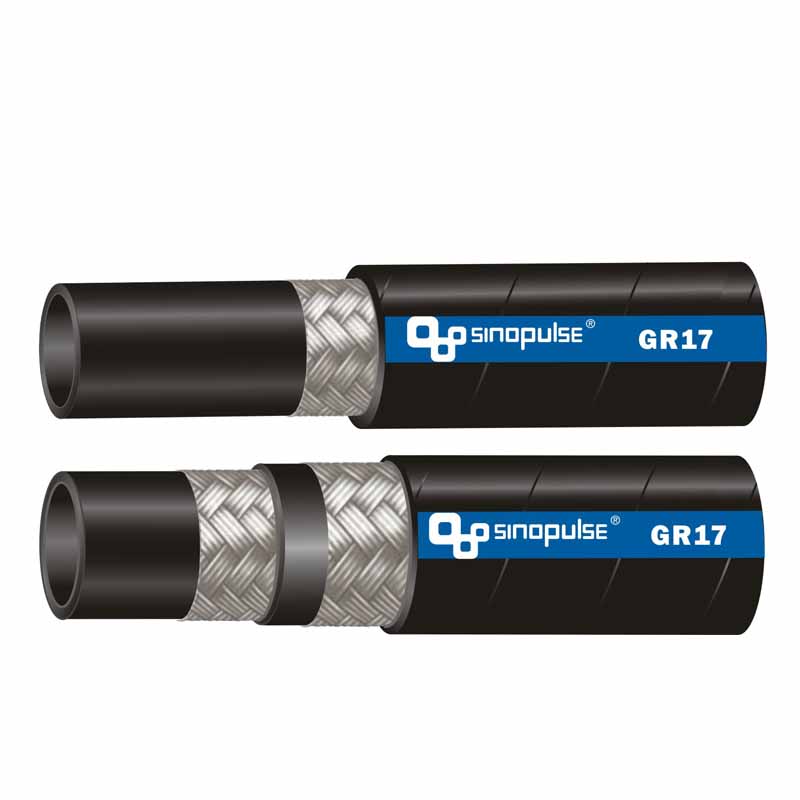
-
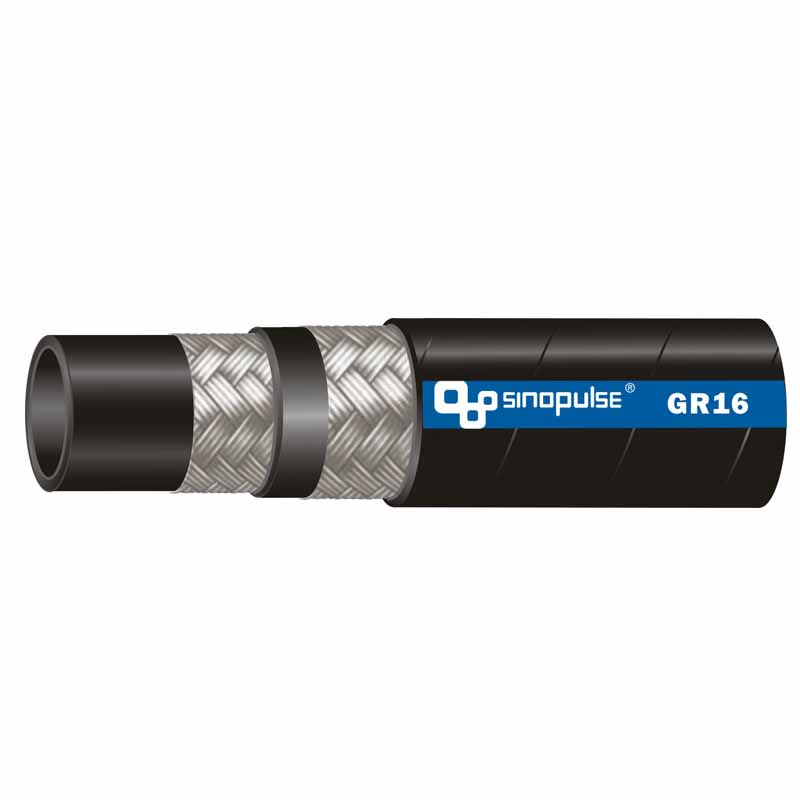
-
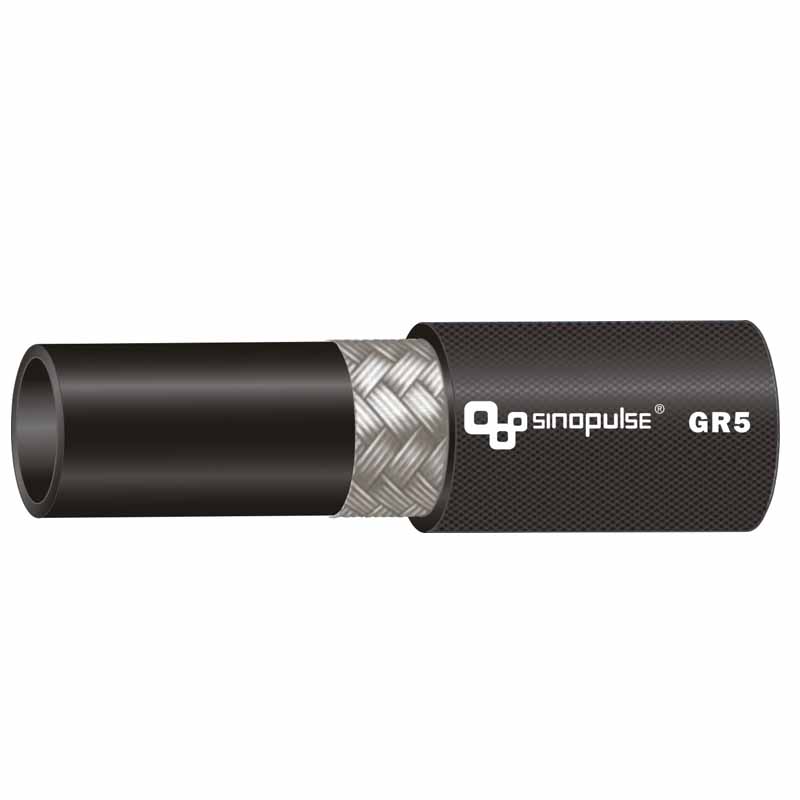
SAE100 R5 Kawat Tunggal Jalinan, Tekstil Ditutupi Selang Hidrolik
What Are the Key Advantages of Steel Wire Braiding Hydraulic Hoses?
Steel wire braiding hydraulic hoses offer numerous advantages that make them a reliable choice for hydraulic systems. One of their primary benefits is their ability to withstand high pressure, thanks to the braided steel wire reinforcement that provides excellent tensile strength. This makes them suitable for high-performance applications in industries such as construction, agriculture, and manufacturing.
Wire braided flexible hose pipes, a type of steel wire braiding hydraulic hoses, showcases remarkable flexibility. The braided construction of these hoses ensures better flexibility compared to rigid spiral wire hoses. This characteristic allows for easier routing and installation in compact or complex machinery setups. Whether it's snaking through tight spaces in a construction vehicle or fitting into the intricate design of manufacturing equipment, wire-braided flexible hose pipes prove their worth.
Wire braided rubber hoses, another variation of steel wire braided hydraulic hoses, have an inner tube typically made of oil-resistant synthetic rubber. This ensures compatibility with a wide range of hydraulic fluids, further enhancing their versatility. Moreover, these hoses are highly resistant to external wear and tear, including abrasion, chemicals, and extreme temperatures. This resistance significantly extends their service life, making them a long-lasting solution for hydraulic systems.
Stainless braided hoses are designed to maintain their structural integrity even under dynamic conditions, such as pulsating or fluctuating pressures, reducing the risk of failures and downtime. The use of stainless steel in the braiding not only provides additional strength but also offers enhanced corrosion resistance, making them an ideal option for harsh environments.
The durability, pressure-handling capabilities, and adaptability to harsh environments of these various types of steel wire braiding hydraulic hoses make them a cost-effective and dependable choice for demanding hydraulic applications.
How Do You Maintain and Extend the Lifespan of Steel Wire Braiding Hydraulic Hoses?
Maintaining steel wire braided hydraulic hoses involves regular inspection, proper handling, and strict adherence to recommended operating parameters to ensure optimal performance and longevity.
Start by conducting routine visual inspections on braided hydraulic hoses to check for signs of wear. Look for cracks, leaks, or abrasions on the outer layer of steel braided hose. Any damage should be addressed immediately by replacing the hose to avoid potential system failure.
Ensure that the braided hydraulic hose is installed correctly. Avoid sharp bends or kinks in steel wire braiding hydraulic hoses, as these can weaken the braiding over time. Proper routing and the use of clamps or protective sleeves can help prevent contact with abrasive surfaces and minimize vibration for all braided hydraulic hoses.
Monitoring the operating pressure and temperature is critical for all jinis selang hidrolik. Exceeding the hose’s rated limits can lead to premature failure. Regularly clean the hydraulic system to prevent contaminants from accumulating and causing internal damage to the hoses.
Additionally, store spare braided hydraulic hoses in a clean, dry, and temperature-controlled environment to maintain their quality before use. Following these maintenance practices and adhering to manufacturer guidelines will maximize the lifespan of hoses and ensure the safety and efficiency of the hydraulic system.
What Factors Should You Consider When Selecting a Steel Wire Braiding Hydraulic Hose?
Choosing the right steel wire braiding hydraulic hose requires careful consideration of several factors to ensure compatibility and optimal performance. The first factor is the hose’s pressure rating, which must exceed the maximum operating pressure of the hydraulic system to provide a safety margin and prevent bursting. Temperature range is another critical aspect; the hose should be able to withstand the system’s operating temperatures, including potential spikes during heavy-duty use. The size of the hose, including its inner diameter and length, should be selected to minimize pressure drops and ensure efficient fluid flow. Compatibility with the hydraulic fluid is essential, as the hose material must resist chemical degradation caused by the fluid. The number of wire braiding layers also plays a role; single-layer hoses are suitable for moderate pressures, while double or multi-layer hoses are ideal for high-pressure systems. Additionally, consider the environmental conditions the hose will be exposed to, such as abrasion, UV radiation, or chemical exposure, and select a hose with appropriate protective features. Properly matching the hose to the application will enhance system reliability, reduce maintenance costs, and ensure safety.
Detailed Explanation of SAE/DIN Standard Steel Braided Hose Models
As a leading hydraulic hose manufacturer, SINOPULSE offers a comprehensive range of steel braided hoses engineered to meet SAE and DIN international standards. These hoses combine robust steel reinforcement with flexible designs, ensuring high-pressure resistance and durability across diverse industrial applications. Below, explore key models and their unique advantages.
SAE Standard Steel Braided Hoses
SAE 100 R16/R17: Ideal for compact spaces, these flexible braided hoses feature single or double layers of steel wire braiding, providing high-pressure resistance up to 6000 PSI. Their reduced bend radius design makes them perfect for construction machinery and hydraulic equipment with limited routing space.
DIN Standard Steel Braided Hoses
DIN EN853 1SN/2SN: The 1SN (single-wire braid) and 2SN (double-wire braid) models are widely used in European industrial systems. Designed for medium to high pressures (up to 400 bar), these hoses feature abrasion-resistant outer covers, ensuring reliability in mobile hydraulics, agricultural machinery, and manufacturing equipment.
SinopulsE® Brand Excellence
All SINOPULSE steel braided hoses undergo rigorous testing, including burst pressure (4x working pressure) and impulse cycle (500,000+ cycles) evaluations, ensuring compliance with global standards. Our customization capabilities allow for tailored solutions, from custom lengths to specialized end fittings, catering to unique hydraulic system requirements.
Whether you need a high-temperature braided hose for extreme environments or a flexible braided hose for complex routing, SINOPULSE’s steel braided hoses deliver superior performance. Contact us to discuss your specific needs and discover how our engineered solutions can enhance your hydraulic system’s efficiency and longevity.
Medium-Pressure vs High-Pressure Hoses: Performance Comparison and Selection Recommendations
As a trusted hydraulic hose manufacturer, SINOPULSE understands that choosing the right hose is crucial for optimal system performance. When comparing medium-pressure and high-pressure steel braided hoses, several key factors—including pressure ratings, construction, and application suitability—set them apart. Here’s a detailed breakdown to guide your selection.
Pressure Ratings and Construction: Medium-pressure hoses, such as SINOPULSE’s DIN EN857 1SN/2SN models, typically handle up to 400 bar, featuring single or double layers of steel wire braiding. Their balanced design offers flexibility and durability for common industrial applications like mobile hydraulics and agricultural machinery. In contrast, high-pressure hoses (e.g., DIN EN856 4SH/4SP) are engineered for extreme pressures exceeding 600 bar, with multiple layers of spiral steel reinforcement. This robust structure ensures reliability in heavy-duty scenarios like mining, oil & gas, and hydraulic presses.
Flexibility and Routing: Medium-pressure hoses prioritize flexibility, making them ideal for complex routing in tight spaces. SINOPULSE’s flexible braided hoses (e.g., SAE 100 R1/R2) have a reduced bend radius, enabling seamless integration into construction equipment and robotic arms. High-pressure hoses, while more rigid due to their heavy reinforcement, maintain structural integrity under intense pressure but may require larger installation clearances.
Material and Temperature Resistance: For high-temperature environments, SINOPULSE’s high-temperature braided hoses with PTFE inner layers (like SAE 100 R14) can withstand up to 260°C, making them suitable for aerospace and chemical processing. Medium-pressure hoses often feature standard rubber compounds, offering adequate resistance for general industrial use. In corrosive settings, stainless braided hydraulic hoses provide enhanced protection, regardless of pressure class.
Selection Tips: Consider your system’s peak pressure, temperature, and routing requirements. For intermittent high-pressure surges, choose a hose with a safety margin (1.5x working pressure). If flexibility is key, opt for medium-pressure models; for continuous extreme loads, high-pressure variants are essential.
SINOPULSE offers a comprehensive range of braided hydraulic hoses tailored to diverse needs. Contact our experts today to receive personalized recommendations and ensure your hydraulic system operates at its best.









